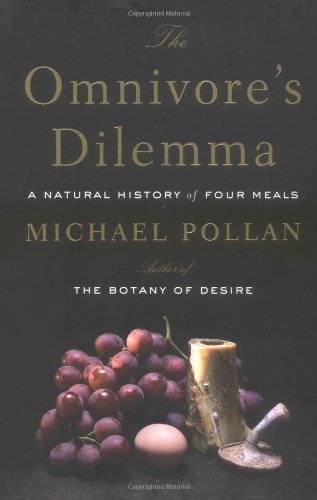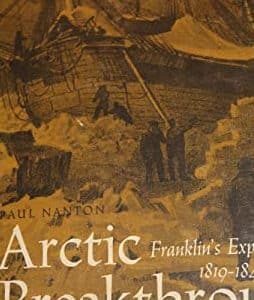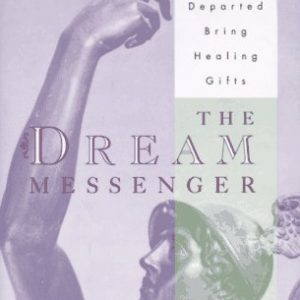Description
pp. 450, “It’s a fascinating journey up and down the food chain, one that might change the way you read the label on a frozen dinner, dig into a steak or decide whether to buy organic eggs. You’ll certainly never look at a Chicken McNugget the same way again.Pollan approaches his mission not as an activist but as a naturalist: “The way we eat represents our most profound engagement with the natural world.” All food, he points out, originates with plants, animals and fungi. “[E]ven the deathless Twinkie is constructed out of… well, precisely what I don’t know offhand, but ultimately some sort of formerly living creature, i.e., a species. We haven’t yet begun to synthesize our foods from petroleum, at least not directly.”Pollan’s narrative strategy is simple: he traces four meals back to their ur-species. He starts with a McDonald’s lunch, which he and his family gobble up in their car. Surprise: the origin of this meal is a cornfield in Iowa. Corn feeds the steer that turns into the burgers, becomes the oil that cooks the fries and the syrup that sweetens the shakes and the sodas, and makes up 13 of the 38 ingredients (yikes) in the Chicken McNuggets.Indeed, one of the many eye-openers in the book is the prevalence of corn in the American diet; of the 45,000 items in a supermarket, more than a quarter contain corn. “





